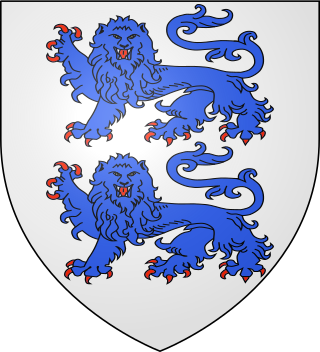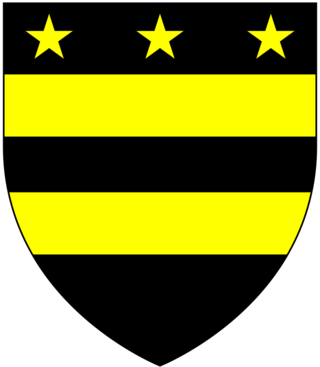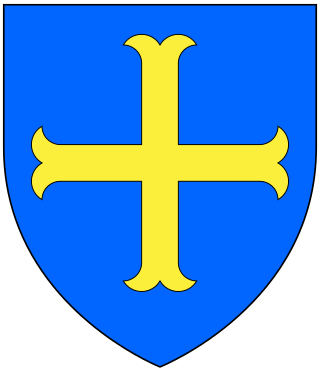There have been two baronetcies created in the 17th and 18th centuries for persons with the same surname, Wynn; these titles were given to families from North Wales, United Kingdom:
- The Wynn of Gwydir baronetcy was in the List of baronetcies in the Baronetage of England (1611), descendants of the baronetcy intermarried into different families.
- The Wynn of Bodvean baronetcy (Bodfaen/Boduan) was listed in the Baronetage of Great Britain (1742), and the family has since assumed a different title.

There have been five baronetcies created for persons with the surname Barker, three in the Baronetage of England, one in the Baronetage of Great Britain and one in the Baronetage of the United Kingdom. All five creations are extinct.
There have been six Baronetcies created for persons with the surname Brown, one in the Baronetage of Nova Scotia, one in the Baronetage of England, two in the Baronetage of Great Britain and two in the Baronetage of the United Kingdom. Two creations are extant as of 2010.

There have been six baronetcies created for persons with the surname Smyth, two in the Baronetage of England, one in the Baronetage of Great Britain, one in the Baronetage of Ireland and two in the Baronetage of the United Kingdom. One creation is extant as of 2010.

There have been two baronetcies created for members of the Hanmer family of Flintshire, Wales, one in the Baronetage of England and one in the Baronetage of Great Britain. Only one creation is extant as of 2008. The third Baronet of the second creation was elevated to the peerage as Baron Hanmer in 1872, a title which became extinct in 1881. The family name derived from the manor of Hanmer in the Diocese of St. Asaph.
There have been three baronetcies created for persons with the surname Fleming, one in the Baronetage of Nova Scotia, one in the Baronetage of England and one in the Baronetage of Great Britain. As of 2008 one creation is extant, one extinct and one either extinct or dormant.

There have been twenty one baronetcies created for persons with the surname Williams, eight in the Baronetage of England, three in the Baronetage of Great Britain and ten in the Baronetage of the United Kingdom. Only six of the creations are extant as of 2017.
There have been nine baronetcies created for persons with the surname Moore, two in the Baronetage of England, one in the Baronetage of Ireland, two in the Baronetage of Great Britain and four in the Baronetage of the United Kingdom. As of 2014 two creations are extant and one is considered dormant.
There have been seven baronetcies created for persons with the surname Edwards, three in the Baronetage of England and four in the Baronetage of the United Kingdom. Only one creation is extant as of 2007.
Three baronetcies were created for persons with the surname D'Oyly, two in the Baronetage of England and one in the Baronetage of the United Kingdom. One creation is extant as of 2008.

There have been two baronetcies created for persons with the surname Freke, one in the Baronetage of Great Britain and one in the Baronetage of Ireland.
There have been seven baronetcies created for persons with the surname Sinclair, six in the Baronetage of Nova Scotia and one in the Baronetage of Great Britain. Four of the creations are extant as of 2008.
There have been four baronetcies created for members of the Thorold family of Lincolnshire, two in the Baronetage of England and two in the Baronetage of Great Britain. As of 2014 one creation is extant.

The Mostyn baronets are two lines of Welsh baronets holding baronetcies created in 1660 and 1670, both in the Baronetage of England. One creation is extant as of 2015. The two lines are related and both claim descent from Edwin of Tegeingl, an 11th-century lord of Tegeingl, a territory which approximates modern Flintshire.

Ince Manor or Ince Grange is a former monastic grange in the village of Ince in Cheshire, England. The remains of the manor house, consisting of the old hall and the monastery cottages, are recorded in the National Heritage List for England as a designated Grade I listed building, and a scheduled monument It is one of only two surviving monastic manorial buildings in Cheshire, the other being Saighton Grange Gatehouse.

There have been three baronetcies created for descendants of the ancient Norman family of Molyneux who were granted extensive estates in Lancashire after the Norman Conquest.

The Hardres Baronetcy, of Hardres Court in the County of Kent, was a title in the Baronetage of England. It was created on 3 June 1642 for Sir Richard Hardres. The fourth Baronet, Sir William Hardres, was Member of Parliament for Kent and Canterbury. The title became extinct on the death of the fifth Baronet, William Hardres II, in 1764.

The Downing Baronetcy, of East Hatley in the County of Cambridge, was a title in the Baronetage of England. It was created on 1 July 1663 for the Anglo-Irish soldier, statesman and diplomat Sir George Downing, after whom Downing Street in London is named. The third baronet left his estate to create Downing College, Cambridge.
There have been three baronetcies created for persons with the surname Duncan, one in the Baronetage of Great Britain and two in the Baronetage of the United Kingdom. All three creations are extinct.

Sir George Wynne, 1st Baronet, of Leeswood Hall, Flintshire, was a Welsh land owner and Whig politician who sat in the House of Commons from 1734 to 1742.












